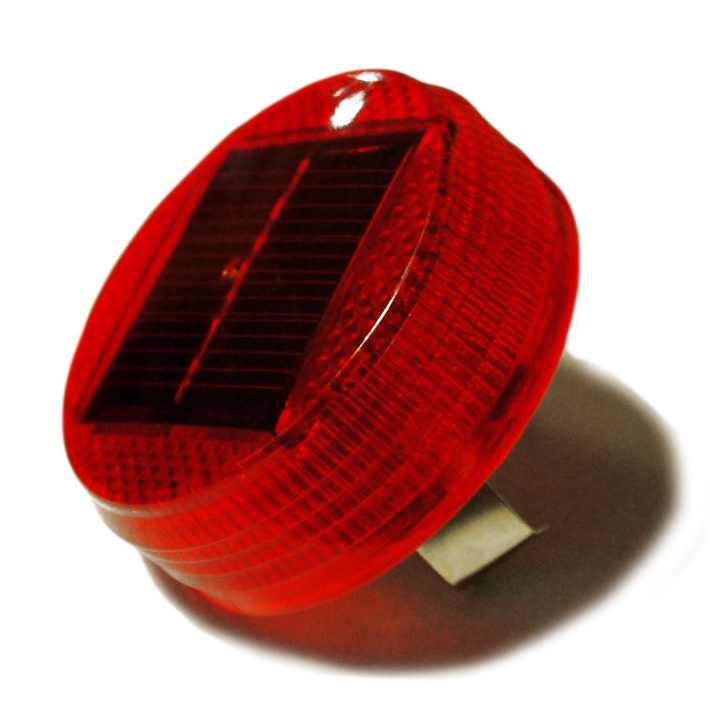Email format error
Email cannot be empty
Email already exists
6-20 characters(letters plus numbers only)
The password is inconsistent
Email format error
Email cannot be empty
Email does not exist
6-20 characters(letters plus numbers only)
The password is inconsistent

News at Ningbo Brilliant Dragon

Solar Traffic Signal Lights: A Sustainable Solution for Enhanced Road Safety
In today's world, where sustainability and safety are of paramount importance, solar traffic signal lights have emerged as an innovative solution for addressing the needs of both urban and rural areas. These lights are not only energy-efficient but also versatile, offering numerous advantages over traditional traffic signal lights. In this blog post, we will delve into the working principles of solar traffic signal lights, their various types, differences from traditional signal lights, maintenance procedures, performance in different weather conditions, and their diverse applications in urban and rural settings, all while emphasising their role in enhancing traffic management and safety.
Working Principles of Solar Traffic Signal Lights
Solar traffic signal lights, as the name suggests, rely on solar energy to operate. They consist of solar panels that capture sunlight during the day and convert it into electricity, which is then stored in batteries. This stored energy powers the LED lights used in traffic signals, ensuring their functionality even during the night or in low-light conditions. The lights are typically equipped with timers or light sensors to control their operation, making them energy-efficient and cost-effective.
Varieties of Solar Traffic Signal Lights
Solar traffic signal lights come in various types, including but not limited to red-green lights, warning lights, and pedestrian crossing lights. Each type serves a specific purpose, enhancing traffic control and safety at intersections, crosswalks, and construction zones. The flexibility of solar technology allows for customization to meet the specific needs of different applications.
Differences from Traditional Traffic Signal Lights
Compared to traditional traffic signal lights powered by the grid, solar traffic signal lights offer several advantages. Firstly, they are not reliant on a continuous power supply, making them ideal for remote or off-grid locations. Secondly, they reduce energy consumption, leading to cost savings and environmental benefits. Furthermore, they are easier to install and require less maintenance, as they do not have complex wiring systems. This makes them a practical choice for both urban and rural areas.
Advantages of Solar Traffic Signal Lights
The advantages of solar traffic signal lights are numerous. They are energy-efficient, cost-effective, and environmentally friendly. Their installation is relatively simple and cost-efficient, with minimal disruption to traffic flow. These lights have a long operational life and require less maintenance, reducing long-term costs. Their energy source is renewable and abundant, ensuring continuous operation even in the absence of power outages. Moreover, solar traffic signal lights contribute to reducing carbon emissions and promoting sustainability in urban and rural environments.
Maintenance and Performance in Different Weather Conditions
Maintaining solar traffic signal lights involves periodic cleaning of solar panels, ensuring the batteries are functioning correctly, and checking the condition of LED lights. Their performance in different weather conditions is generally robust. Solar traffic signal lights are designed to operate efficiently in various climates, from extreme cold to scorching heat. The batteries are typically designed to provide power even during consecutive cloudy days, ensuring continuous functionality.
Applications in Urban and Rural Areas
Solar traffic signal lights find applications in both urban and rural areas. In cities, they are used at intersections, crosswalks, and construction sites to improve traffic flow and enhance pedestrian safety. In rural areas, these lights are deployed at intersections with limited access to the power grid, providing a cost-effective solution for traffic management. Additionally, they can be used in temporary installations for events, emergencies, or road construction.
Role in Traffic Management and Safety
Solar traffic signal lights play a crucial role in traffic management and safety. They enhance visibility and ensure that drivers, cyclists, and pedestrians can safely navigate intersections and crosswalks. By providing a reliable source of illumination, these lights reduce the likelihood of accidents, especially during nighttime and adverse weather conditions. Moreover, they contribute to the efficient flow of traffic, reducing congestion and travel times.
In conclusion, solar traffic signal lights represent a sustainable and practical solution for addressing the challenges of traffic management and safety in both urban and rural settings. Their energy efficiency, low maintenance requirements, adaptability to various weather conditions, and significant advantages over traditional traffic lights make them an attractive choice. By harnessing the power of the sun, these lights not only contribute to safer roads but also promote a greener and more sustainable future. For businesses seeking innovative and environmentally responsible solutions, partnering with manufacturers and suppliers of solar traffic signal lights can be a smart move towards a safer, more sustainable world.


